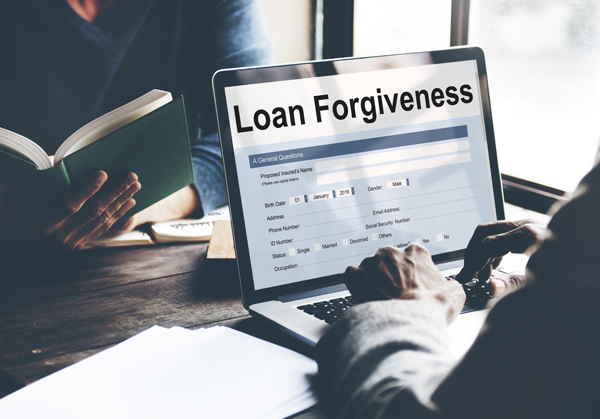Businesses who received PPP loans under the CARES Act are questioning if and how they will qualify for PPP loan forgiveness. Some organizations and business owners may feel uneasy when applying for forgiveness. So, we thought we would share five factors that are affecting the forgiveness application process and how you can prepare.
- Many lenders are still developing technology tools that are needed to process forgiveness applications. These include “forgiveness portals” or other automation options for a more efficient, streamlined process. These tools can’t be completed until the U.S. Small Business Administration (SBA) and the U.S. Treasury Department issue final guidance. It’s unclear when that guidance will be available and lenders cannot process forgiveness applications until these tools are in place.
- Borrowers who received loans before June 5th, 2020, can choose either eight (8) or twenty-four (24) weeks for their covered period. This leaves them more time to take steps that will help them qualify for full loan forgiveness. The flexibility to choose eight or twenty-four weeks can be important in maximizing loan forgiveness.
- Many payroll providers are creating custom reports to comply with PPP guidance. However, they are waiting on final guidance from the SBA and Treasury to prepare the PPP-compliant reports borrowers will need.
- Borrowers aren’t required to make any loan payments until ten (10) months after their covered loan period ends. With payments not yet due, there is less urgency to apply for forgiveness.
- Applying for forgiveness doesn’t have to be a complicated process. Borrowers can use a simplified process through SBA Form 3508EZ if they meet at least one of these requirements:
- They are self-employed individuals, independent contractors or sole proprietors who had no employees when they applied for their PPP loan and who didn’t include any employee salaries in calculating their average payroll amount in their application.
- They didn’t reduce salaries or hourly wages for certain employees by more than 25% during the loan period and — except for specified exceptions — didn’t reduce the number of employees or the average paid hours for employees between January 1st, 2020, and the end of their covered loan period.
- They didn’t reduce salaries or hourly wages for certain employees by more than 25% during the loan period and were unable to operate at the same business activity level during the loan period because of federal safety requirements or guidance related to the pandemic. CPAs expect SBA guidance to help determine how broadly this safe harbor can be used.
How to Prepare
There are steps borrowers can take to prepare for the forgiveness application process. Start by documenting how the loan proceeds are used. Gather and keep the documentation needed to support non-payroll costs. This includes expenses such as mortgage interest, rent or lease payments, utilities, and other proof of payments. Lenders may not request supporting documentation for all disbursements as part of the forgiveness application; however, increased scrutiny is guaranteed for loans of $2,000,000 or more. Recent legislation extended the time frame for organizations to apply for loans until August 8th, 2020. For now, it is essential to be patient until the SBA and your lender establish a forgiveness application process.
NAPEO has provided a video that goes in more detail on navigating the Paycheck Protection Program (PPP) and forgiveness process.
